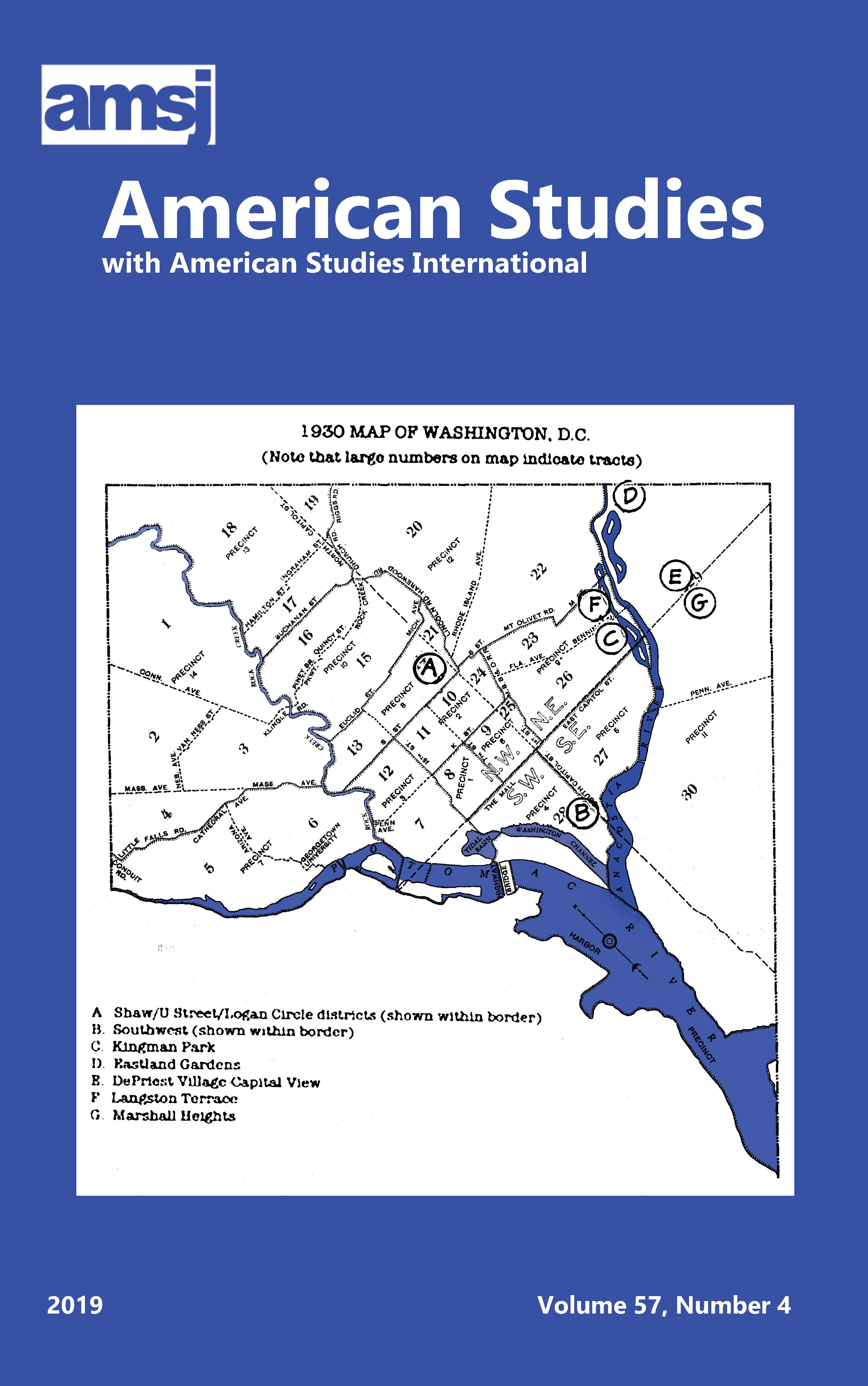Abstract
In 1957 the U.S. State Department sent Marian Anderson on atour of East and Southeast Asia. Under most circumstances, it would have been a tenuous decision to send an African-American woman on such a mission especially since many people acrossthe globe criticized U.S. domestic race relations. However, after the 1939 Freedom Concert, the publication of My Lord, What a Morning!, Anderson had symbolic currency evoking the potential success of all people in the United States. Anderson was a wonderful model for the democracy. The USIA did not present the Asian countries with a familiar face with whom they were enamored but instead presented them with an individual who the USIA perceived as a known quantity, embodying an already established message. The State Department goal was to spread the U.S. democratic ideology throughout the world. Because of events like the Lincoln Memorial concert and representations like My Lord, What A Morning!, Anderson seemed to be the embodiment of the ideology. Since the use of cultural figures and artifacts was less obviously propagandist, they were more readily welcomed. That Anderson was an African American was a boon to the U.S. State Department because of the negative image the international press gave the United States with its history of racism. The tour was deemed a success by the State Department, which claimed that it bolstered both international goodwill and domestic pride for the U.S. Domestic pride was particularly heightened by a CBS documentary of the tour entitled “The Lady from Philadelphia.” This was distributed both domestically and internationally. In this article I will focus on the State Department’s motivations for sending Anderson, their efforts at propaganda, the depictions of Anderson in “The Lady from Philadelphia,” and the State Department evaluation of the tour.
All items © Mid-America American Studies Association
Authors: If you prefer to remove your text(s) from this database please contact the editor.

